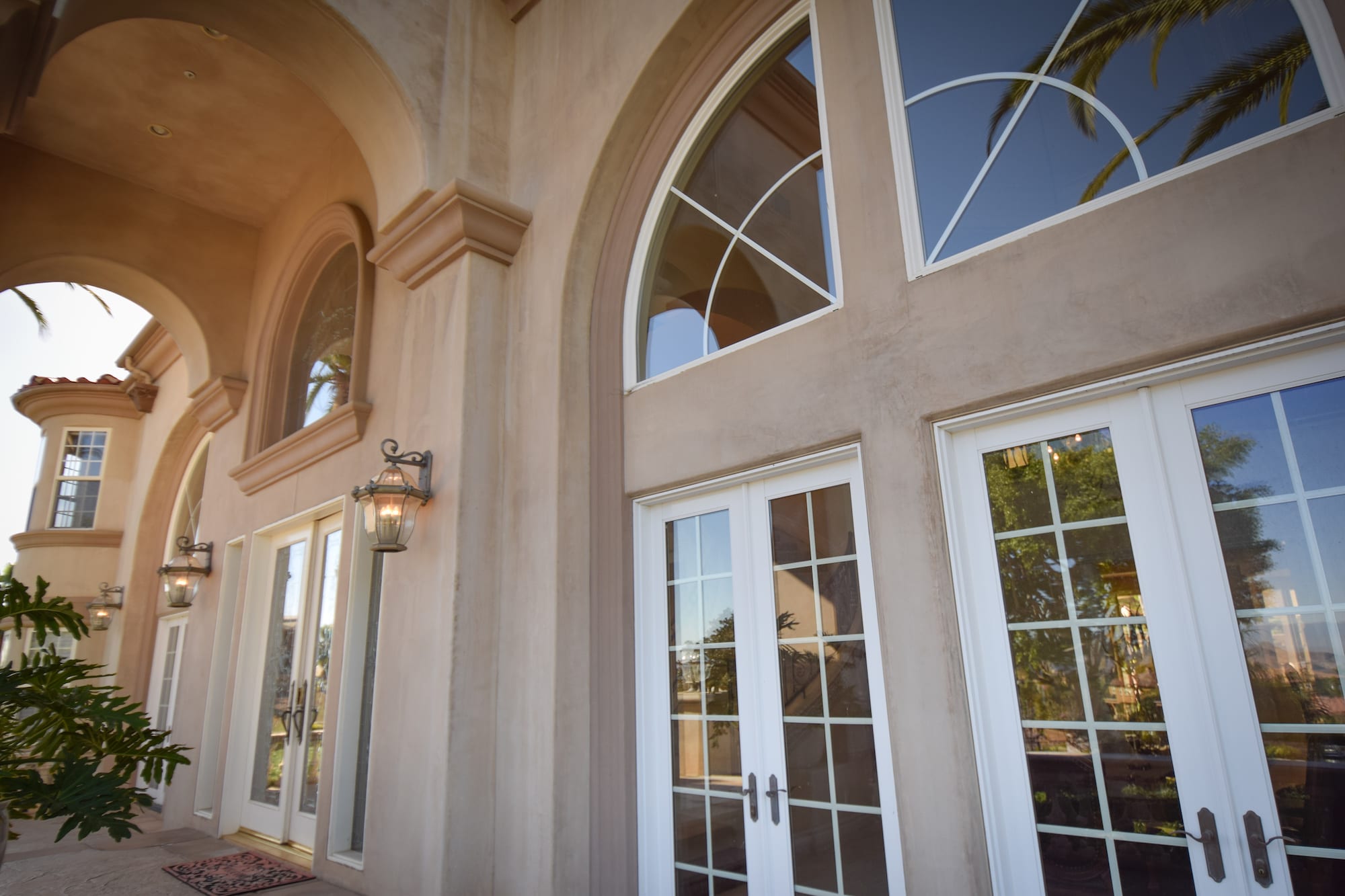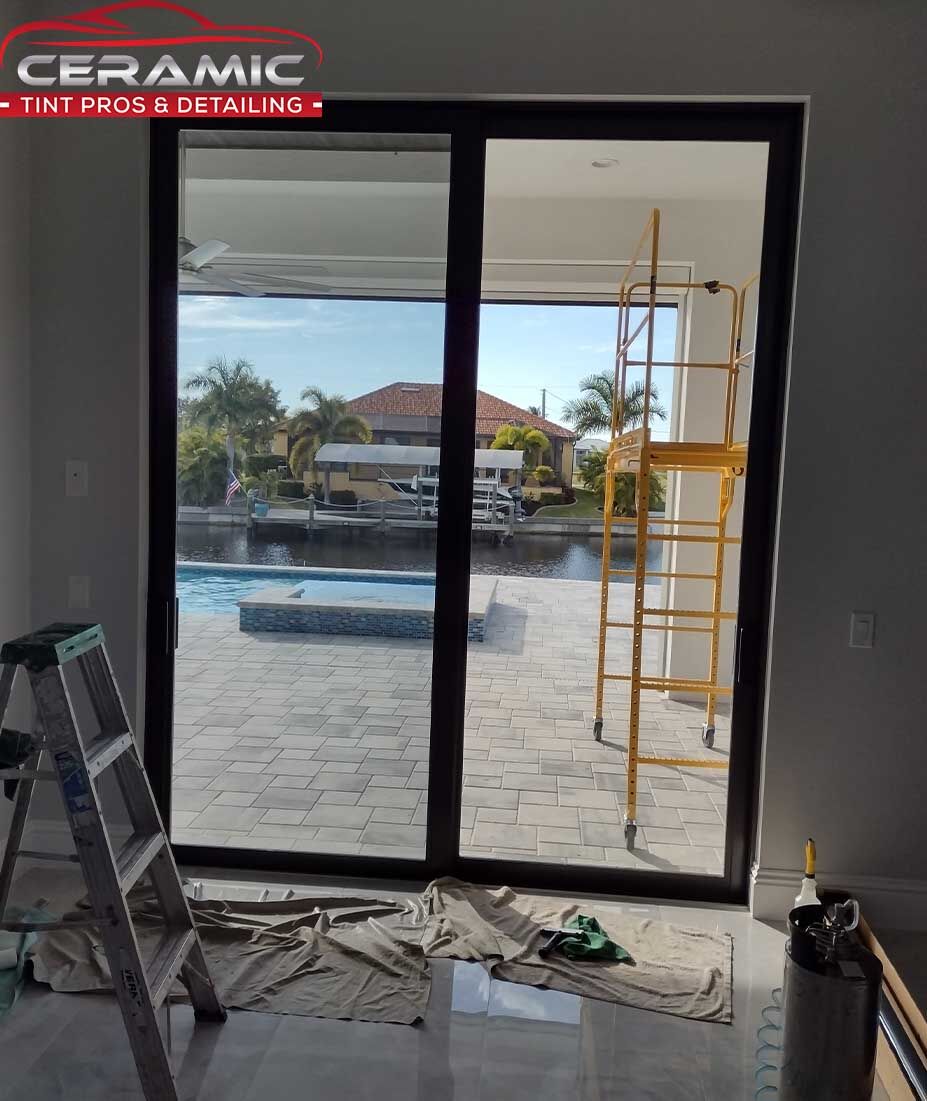Residential Window Tint: An Overview to Picking the Right Shade
Residential Window Tint: An Overview to Picking the Right Shade
Blog Article
Just How Residential Home Window Tinting Boosts Your Home's Energy Performance
Residential home window tinting provides an engaging solution for home owners looking for to boost energy effectiveness within their living spaces. By applying specialized movies to windows, it properly minimizes warmth transfer, consequently supporting indoor temperatures and reducing the demand for too much home heating or cooling.
Comprehending Window Tinting
Understanding window tinting is important for property owners looking for to improve both comfort and power effectiveness in their home. Residential Window Tint. Home window tinting includes the application of a thin film to the interior or outside surface of glass windows. This film can dramatically regulate the amount of sunshine and heat that enters a home, thus influencing interior climate conditions
There are numerous kinds of window tinting movies available, each with distinctive properties. For circumstances, colored films soak up solar power, while reflective films deflect it far from the glass surface area. Ceramic movies offer an equilibrium of visibility and warmth rejection, making them a preferred option amongst property owners. The effectiveness of home window tinting is often gauged by its Visible Light Transmission (VLT) portion, which shows just how much light can pass with the movie.
Advantages of Energy Performance
Home window tinting not only boosts looks but likewise plays a considerable function in enhancing power effectiveness within property rooms. By lowering heat transfer with home windows, tinted films produce an extra secure interior environment, which can result in considerable reductions in power intake for heating & cooling. This energy effectiveness translates right into lower energy bills, giving homeowners with significant long-lasting cost savings.

Additionally, window tinting boosts the convenience of living spaces. By lessening glare and obstructing damaging UV rays, tinted home windows create a more pleasurable environment, which can lead to boosted wellness for occupants. The protection versus UV rays also aids protect furniture and floor covering from fading, adding to the longevity of home items.
Exactly How Tinting Works
Tinting films operate through a combination of advanced products and modern technologies developed to regulate the quantity of solar energy going into a home. Mainly composed of polyester, these films commonly include ceramic or metal bits that show and soak up warmth. This double capability enables them to significantly reduce the penetration of ultraviolet (UV) rays and infrared radiation while allowing noticeable light to travel through.
The efficiency of window tinting is measured by its solar warm gain coefficient (SHGC), which indicates how much solar power is transmitted with the home window. Lower SHGC worths are more suitable as they represent better heat denial. Additionally, home window tints can feature a selection of tones, allowing home owners to customize their aesthetic choices while improving energy effectiveness.
Additionally, these films act as a barrier, preventing heat loss during chillier months by showing interior heat back into the living room. This thermal insulation effect matches the air conditioning benefits gotten during warmer months, adding to a well balanced interior environment year-round. By handling solar power efficiently, household window tinting not only enhances comfort but also plays an important duty in decreasing power intake and decreasing utility bills.
Choosing the Right Color

There are numerous types of window films readily available, including dyed, metalized, and ceramic. Dyed films are affordable however might have limited sturdiness. Metalized films offer far better warm being rejected yet can hinder digital signals. Ceramic navigate to this website films supply exceptional warmth control without compromising presence and are very sturdy, making them a popular selection.
Visible light transmission (VLT) is one more critical factor, as it shows the amount of natural light that can pass with the tinted glass. Home owners should select a tint with a VLT that matches their lights preferences while still giving sufficient glare reduction.
Furthermore, assessing the solar warm gain coefficient (SHGC) can aid figure out how well a tint can obstruct warm from sunlight. A lower SHGC shows much better warm control, inevitably improving power efficiency.
Setup and Maintenance Tips
Correct setup and maintenance are crucial elements in maximizing the advantages of property home window tinting. To attain optimal outcomes, it is a good idea to employ a certified professional for installment. This makes certain that the color is used properly, preventing air bubbles, creases, or misalignment that can compromise performance. Professionals additionally use specialized tools and strategies, which can enhance the toughness and efficiency of the color.
Complying with setup, maintenance is vital to lengthen the life of the home window movie. It is advised to wait at the very least thirty days prior to cleansing the tinted home windows to permit the glue to treat fully. When cleansing, make use of a soft towel and a gentle, ammonia-free cleaner to stay clear of damaging the movie. Avoid abrasive materials that might damage the surface area.
Furthermore, routine inspections are beneficial. Look for any type of peeling or bubbling, find this which can show inappropriate setup or wear with time - Residential Window Tint. Resolving these concerns quickly can prevent additional damages and preserve energy effectiveness. By adhering to these setup and maintenance tips, property owners can ensure their home window tinting remains to offer significant energy cost savings and convenience for many years to come.
Verdict
In conclusion, domestic home window tinting serves as an effective option for boosting energy efficiency within homes. By reducing heat transfer and blocking damaging UV rays, home window films add to reduce power usage and boosted interior comfort.
Home window tinting involves the application of a thin film to the interior or exterior surface area of glass home windows. By decreasing warmth transfer through windows, tinted movies produce a more steady indoor climate, which can lead to significant reductions in power consumption for recommended you read heating and air conditioning.The efficiency of window tinting is determined by its solar warm gain coefficient (SHGC), which suggests how much solar power is transmitted via the home window. By handling solar power successfully, household window tinting not just improves convenience however likewise plays an important function in decreasing power usage and decreasing energy costs.
By lowering warmth transfer and blocking damaging UV rays, window films contribute to decrease power usage and improved indoor comfort.
Report this page